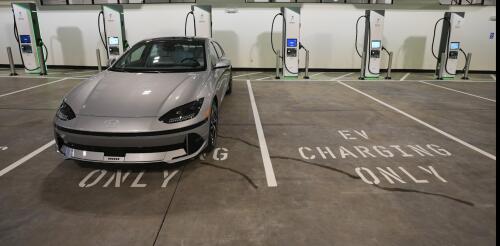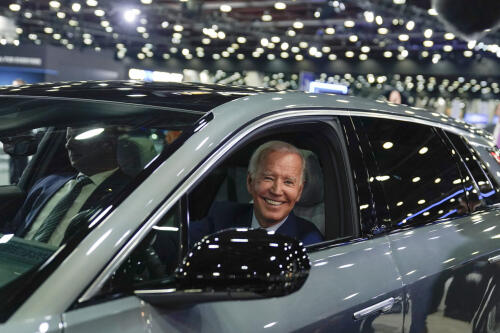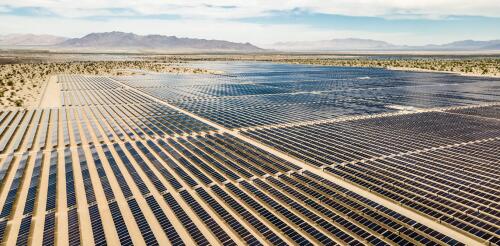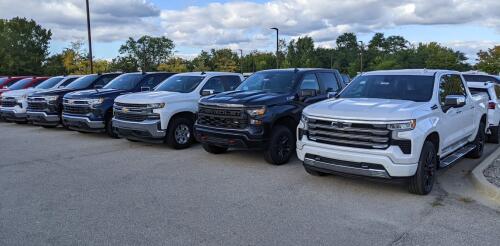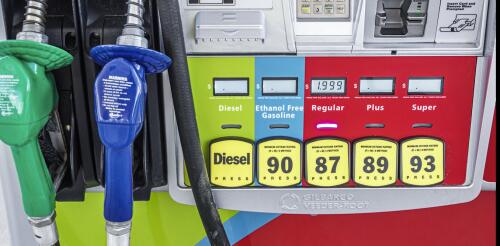Electric cars
The U.S. Environmental Protection Agency released strict new emissions limits on March 20, 2024, for cars built from 2027 through 2032. The final rule for Multi-Pollutant Emissions Standards caps a process that started almost a year earlier, when the Biden administration first proposed groundbreaking regulations that would essentially require automakers to make a substantial pivot toward electrification. The original proposal met significant pushback from carmakers and unions, who argued that the industry needed more time to switch from gas-powered cars to EVs. As a result, while the final target that this rule sets is very similar to the one that was initially proposed, the timetable in the final rule – especially in the earlier years – is relatively relaxed. That means more carbon emissions in the short run. Politics is inevitably an important consideration in regulating major industries. The new rule is projected to cut carbon dioxide emissions from passenger ca...
The Biden administration announced new tailpipe emission standards for new passenger cars that aim to cut over 7 billion tons of carbon emissions, as well as other harmful air pollutants. The standards will apply to new passenger cars and light-duty trucks, beginning with model year 2027 through 2032. The Environmental Protection Agency, in announcing the tougher standards, said the reduction of carbon emissions and other harmful air pollutants will help prevent premature deaths and reduce heart attacks, respiratory and cardiovascular illness, as well as asthma. “Three years ago, I set an ambitious target: that half of all new cars and trucks sold in 2030 would be zero-emission,” said President Biden in a statement. “Today, we’re setting new pollution standards for cars and trucks.” However, the new standards also ease a draft rule by the EPA that would have required car companies to rely on all-electric vehicles as the s...
Although Vice President Kamala Harris touts clean energy and Donald Trump makes misleading assertions and false claims about it, neither candidate has set forth a comprehensive energy plan. Even if they do, a gridlocked Congress would be unlikely to pass it. Instead, the next president’s greatest influence on clean energy will come through their handling of legislation and regulations put in place since 2021 under the Biden-Harris administration. As an environmental engineer who studies energy and climate change, I expect that Harris, who has strongly supported these policies, would follow through on them, while Trump’s record as president suggests that he would try to roll them back. Trade policies toward China, the leading producer of clean energy technologies, will also be key. Donald Trump and Kamala Harris discuss clean energy policy during their presidential campaign debate on Sept. 10, 2024. Legislation and regulations Th...
Replacing petroleum fuels with electricity is crucial for curbing climate change because it cuts carbon dioxide emissions from transportation – the largest source of U.S. global warming emissions and a growing source worldwide. Even including the impacts of generating electricity to run them, electric vehicles provide clear environmental benefits. Plug-in vehicles are making great progress, with their share of U.S. car and light truck sales jumping from 2% to 4% in 2020-2021 and projected to exceed 6% by the end of 2022. But sales of gas-guzzling pickups and SUVs are also surging. This other face of the market subverts electric cars’ carbon-cutting progress. As a researcher who studies transportation and climate change, it’s clear to me that EVs provide large carbon reductions that will grow as the electric grid shifts to carbon-free energy. But fleetwide emissions, including vehicles of all types and ages, are what ultimately matters for the climate. Whi...
Curious Kids is a series for children of all ages. If you have a question you’d like an expert to answer, send it to curiouskidsus@theconversation.com. Why do we use gasoline for small vehicles and diesel fuel for big vehicles? – Methdini, age 15, Sri Lanka Gasoline fuels most light-duty vehicles, such as passenger cars and pickup trucks. Heavy-duty vehicles, like buses, delivery trucks and long-haul tractor-trailers, typically run on diesel. Both fuel types are needed because gasoline and diesel engines have different strengths. As my automotive engineering students learn, this makes them suitable for different uses. Let’s start with what they have in common. Gas and diesel engines both work through a process called internal combustion. First, they mix fuel with air because the fuel needs oxygen from the air to burn. Next, they compress the fuel-air mixture, which ma...
